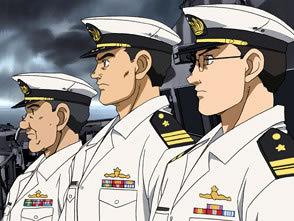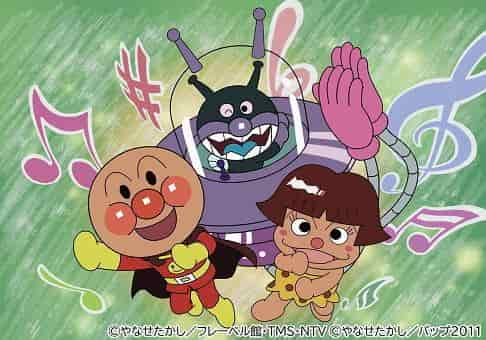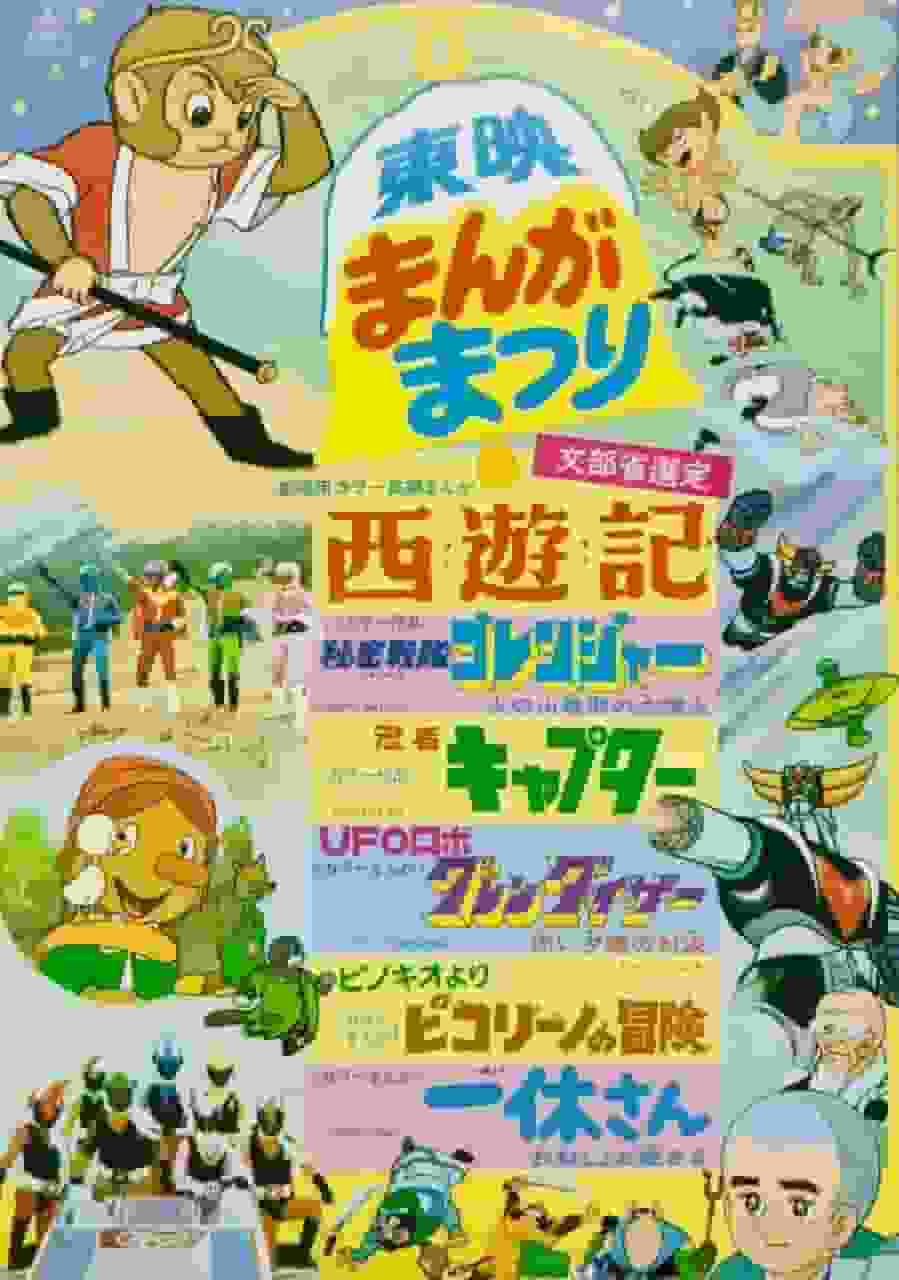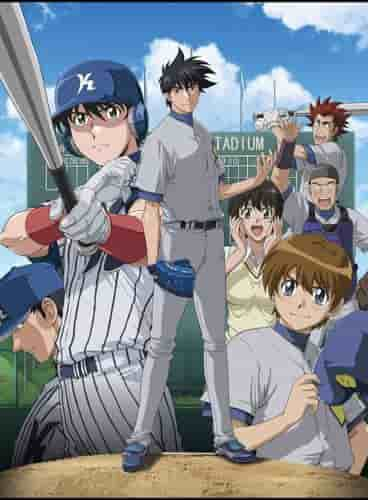The appeal and evaluation of "Zipangu": A masterpiece of marine adventure anime

Zipangu - Between time travel and historyOverviewZipang is a TV anime series based on the manga by Kaiji Kawaguchi, which aired on the TBS network from October 7, 2004 to March 31, 2005. It consists of 26 episodes, each 30 minutes long. Animation was handled by Studio Deen and the director was Kazuhiro Furuhashi. Zipang tells the epic story of the Japan Maritime Self-Defense Force's Aegis destroyer Mirai, which travels back in time and lands in the middle of the Pacific War. ■ StoryIn the year 200X, the Japan Maritime Self-Defense Force's state-of-the-art Aegis destroyer Mirai sets sail from Yokosuka Base. However, on the way, it encounters an unidentified storm, and after the storm, Mirai travels back in time to the middle of the Pacific War. Equipped with modern weapons from 60 years in the future, Mirai becomes a threat that could change history. A history no one has ever seen before is about to begin... This story is taken from the Bandai Channel, but the charm of Zipangu begins with this time-slip setting. ■ExplanationThe biggest appeal of Zipangu is the setting in which the cutting-edge technology of the JMSDF Aegis destroyer Mirai travels back in time to the Pacific Ocean during World War II. This setting presents viewers with a hypothetical world of "what if," making them think about the possibility of changing the course of history and its impact. This quote from d Anime Store captures the essence of Zipangu. ■CastThe cast of Zipangu is as follows:
These cast members play an important role in bringing the story to life by expressing the individuality of each character. In particular, Toru Inada, who plays Yosuke Kadomatsu, realistically portrayed the hot-blooded man who values human life, eliciting sympathy from viewers. ■ Main staffThe main staff of Zipangu are as follows:
These staff members worked together to create the worldview of Zipangu and move the audience. In particular, director Kazuhiro Furuhashi skillfully portrayed the difficult theme of time slip, successfully drawing the audience in. In addition, main character designer Yoshihiko Magoshi visually expressed the individuality of the characters, enriching the story. ■ Main CharactersThe main characters of Zipangu are as follows:
These characters each have different personalities, enriching the story. In particular, the relationship between Yosuke Kadomatsu and Takumi Kusaka symbolizes the central themes of Zipangu: "change in history" and "the sanctity of human life." In addition, the conflict between Masayuki Kikuchi and Kohei Oguri presents different perspectives on intervention in history, making the viewer think. ■SubtitleThe subtitles for each episode of Zipangu are as follows:
These subtitles not only indicate the development of the story, but also serve to arouse the viewer's interest. In particular, the structure starting with "Mirai Departs" and ending with "A Place to Return" emphasizes the theme of time travel. In addition, the inclusion of historical place names such as "Midway" and "Guadalcanal Island" in the subtitles allows the viewer to feel the connection between real history and the story. ■ Theme songs and musicThe theme songs and music for Zipangu are as follows:
The opening theme "Rashinban" features AUDIO RULEZ's powerful voice and grand melody, symbolizing the epic story of "changing the flow of history," which is the theme of Zipangu. Meanwhile, the ending theme "I'm Looking at You" features BEGIN's gentle voice and warm melody, enhancing the moving scenes of the story. These songs are important elements that further deepen the worldview of Zipangu. ■ Evaluation and impressionsZipang is a work that skillfully depicts the theme of time travel and leaves a deep impression on viewers. In particular, the relationship between Kadomatsu Yosuke and Kusaka Takumi, and the conflict between Kikuchi Masayuki and Oguri Kohei are thought-provoking elements. In addition, the setting in which the Japan Maritime Self-Defense Force Aegis destroyer Mirai, which boasts cutting-edge technology, travels back in time to the Pacific Ocean during World War II, presents viewers with a hypothetical world of "what if," and makes them think about the possibility of changing the course of history and the impact it would have. Zipang's rating is as follows:
■Reasons for recommendationZipang is a work that skillfully depicts the theme of time travel and leaves a deep impression on viewers. In particular, the relationship between Kadomatsu Yosuke and Kusaka Takumi, and the conflict between Kikuchi Masayuki and Oguri Kohei are thought-provoking elements. In addition, the setting in which the Japan Maritime Self-Defense Force Aegis destroyer Mirai, which boasts cutting-edge technology, travels back in time to the Pacific Ocean during World War II, presents viewers with a hypothetical world of "what if," and makes them think about the possibility of changing the course of history and the impact it would have. Here are some reasons why we recommend Zipangu:
■ Related worksThe works related to Zipangu are as follows:
■How to watchYou can watch Zipang in the following ways:
ConclusionZipang is a work that skillfully depicts the theme of time travel and leaves viewers in awe. In particular, the relationship between Kadomatsu Yosuke and Kusaka Takumi, and the conflict between Kikuchi Masayuki and Oguri Kohei are elements that make viewers think. In addition, the setting in which the JMSDF Aegis destroyer Mirai, which boasts cutting-edge technology, travels back in time to the Pacific Ocean during World War II presents viewers with a hypothetical world of "what if," making them think about the possibility of changing the course of history and its impact. Zipang is recommended for those who enjoy the theme of time travel and those looking for a work that makes them think about the possibility of changing the course of history and its impact. |
<<: The appeal and reviews of "Rozen Maiden": A deep look into the story of the dolls
>>: The appeal and evaluation of "Ring ni Kakero 1": A monumental boxing anime
Recommend
Netflix's "Ghost in the Shell: SAC_2045" is confirmed to release a new version of the animated film this year
Netflix's original new 3DCG animation "G...
The Three-Eyed One: Prince of Devil Island - A deep review of the fascinating story and characters
"The Three-Eyed Prince of Devil Island"...
A Newbie Alchemist's Shop Management: A moving story about a beginner's struggles and growth
A Novice Alchemist's Shop Management - The st...
Warner Bros. says investigation found no bullying, Cyborg actor says he will stick to it
WarnerMedia has provided an update on the investi...
The appeal and evaluation of "Hana no Ko Lunlun": Reevaluating a nostalgic anime classic
Flower Child Lunlun - Looking back on the nostalg...
EVA's final animated film Blu-ray is released with an appendix, the director's signature may announce a new plan
Today, March 8, the Blu-ray disc of the animated ...
Poster of League of Legends e-sports drama released, directed by Zhang Yimou, to be broadcast in 2024
The e-sports drama "League of Legends" ...
Sonic the Hedgehog's first week hit will break Detective Pikachu's record
The movie "Sonic the Hedgehog" was offi...
Wonder Woman 2 trailer released! Wielding lightning is heroic
DC's "Wonder Woman 1984" movie has ...
Biographical film "Oppenheimer" TV trailer released, released in North America on July 21
Sina Films reported today (February 14) that Chri...
The fusion of Chinese and American cultures is coming again. The latest trailer of the animated film "Abominable" is released
The animated film "Abominable", jointly...
The appeal and reputation of OK Shokudo: Rediscovering the excitement of Minna no Uta
"OK Shokudo" - The appeal of Minna no U...
With a face as beautiful as a peach blossom and eyes full of spring! Wine-loving voice actress Sumire Uesaka shares her slightly drunken photos
The famous beautiful voice actress Sumire Uesaka ...
The appeal and evaluation of "Mashiroiro Symphony -The color of lovers-": Searching for the ultimate love story
The appeal and evaluation of Mashiroiro Symphony ...
"DanMachi II" review: Will the sequel of adventures and encounters exceed expectations?
The appeal and evaluation of "Is It Wrong to...









